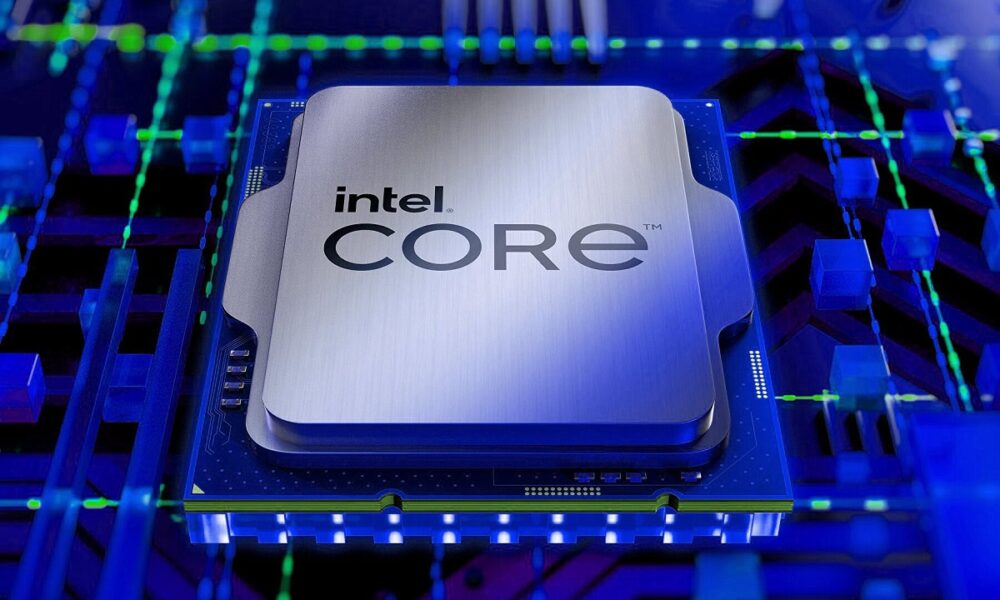
As time goes by and a mobile is used, they accumulate seldom used apps or even that months (even years) go by without using them. It is still a storage space and resources that are occupied and that can slow down the operation of the device or, simply, exhaust the memory available for other apps, photos, videos, documents…
On iOS you can free up space by auto uninstall, manual uninstall and delete unused apps
In fact, sometimes there are apps that can remain working in the background, or require occasional updates, which consume battery or data. In any case, and as in life, sometimes it is time to clean and order everything, a little Marie Kondo styleand in the case of mobile phones, the decision must be made to uninstall or delete applications that are not used.
For mobile devices with the Android operating system, there are specific methods to uninstall applications, but on iPhones, the operating system offers several possibilities to solve this issue: automatic uninstall, manual uninstall, and deletion.
Automatic uninstall of apps
through the path “Settings – Uninstall unused apps” The function is accessed that automatically proceeds to uninstall from the device those applications that have not been used for a long time, although Apple has not provided details regarding the criteria used by the device to determine what terms or periods of time it takes into consideration for establish that frequency of use (or non-use).
By activating this option, the app does not disappear from the iPhone and, in fact, its icon continues in the same location, but next to the name of the application an icon with the drawing of an arrow and a cloud will appear, which indicates that said app is not currently installed in the mobile memory and that, if you want to use it, clicking on the iOS icon will proceed to download it from the Cloud. This circumstance should be kept in mind because when the download occurs when the icon is pressed, if the iPhone is not connected to a WiFi network, it will be the mobile data plan that will take care of said download.
Manual uninstall of apps
If you opt for manually uninstall apps It is advisable to previously check the space they occupy, both the app itself and the data stored in said application. Sometimes it may be enough, to free memory, to delete all or part of that data, either from the app itself or through the route “Settings – General – iPhone Storage” where the memory occupied by each app is reported. In some applications, it is also possible to access the details of the data it stores from here and even delete them individually or in groups, and it will be in this section where the manual uninstallation of the applications can be selected.
Delete all apps
Finally, there is a more blunt and definitive option: completely delete unused apps. And it is that with the two previous options the app is uninstalled but not deleted, the data related to it remaining in the Cloud so that when it is reinstalled everything returns to where it was, that there is no need to reconfigure the app or introduce data. But deleting means completely and permanently removing an app.
In this case, you have to reflect on the measure because in case of repentance you will have to download and install the app again, configure it again and of course all data will be lost and files that have been stored in it.
The procedure to delete applications involves moving the main screen of the iPhone to the last one that appears to the right, the one that has a search box at the top where it indicates “App Library”under which all the apps are grouped by folders, and select the one you want to delete.
By holding down the icon of the app you want to delete, the “Delete application” option will appear, which you will have to accept and all traces of it will be deleted from both the iPhone and the iCloud account. Therefore, if you want to use it again, you will have to start the process from the beginning, searching for it in the App Storedownloading it, configuring it…




